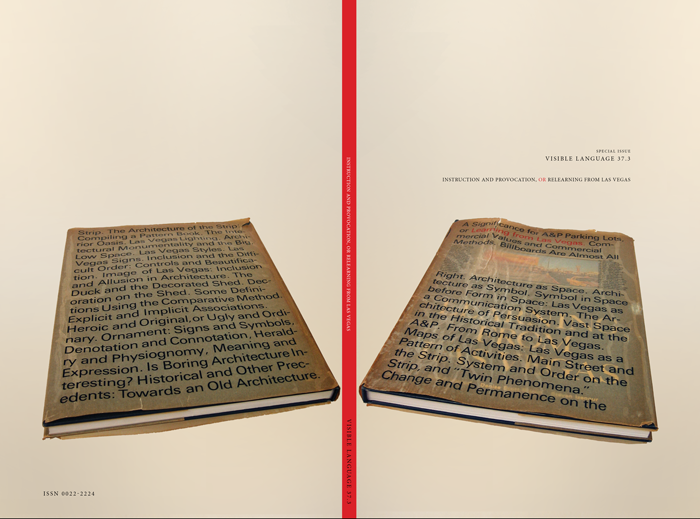Aesthetic or AnAesthetic: The Competing Symbols of Las Vegas Strip
Abstract
Postmodern theorists such as Lyotard, Jencks, Foster and Jameson acknowledge Learning from Las Vegas as a seminal text crucial to the development of postmodern aesthetics in architecture. Most commonly, the book is known to have promoted a postmodern laissez-faire approach that embraces historical architectural motifs uncritically. Critics of the book also point to the mindless image making and commercialism that Learning from Las Vegas promotes. In this paper, I draw parallels between Venturi, Scott Brown and Izenour’s arguments and Nelson Goodman’s theory of symbols in Languages of Art (1968) and argue that the postmodern rhetoric associated with the book limits a closer inspection of the book’s methodology, the aim of which was to make architecture more communicable and make architects relearn to see. The book proposed that architecture should reposition itself from its modernist emphasis on space and structure to a postmodern reading of signs and symbols. By reclaiming its symbolic content, Venturi, Scott Brown and Izenour hoped to turn architecture into a visible language – to make it socially less coercive and aesthetically more vital. More importantly, they claimed that this visibly vital architecture possessed a language that could be analyzed and evaluated. In fact, Venturi, Scott Brown and Izenour’s call for "withholding judgment" was to be "used as a tool to make later judgment more sensitive." In a similar vein, Nelson Goodman associates the practice of disinterest with aesthetic cognition and argues that aesthetic experiences are not just limited to works of art, but that they can happen any time. The question we should ask is not "what is art?" but "when is art?" In doing so, Goodman shifts the emphasis to understanding aesthetic as a temporal moment/moments when some sort of deep transformation or cognition happens. This paper analyzes, the competing world of signs on the Strip in Learning from Las Vegas through a Goodmanian route of reference. It identifies Goodmanian symptoms, such as exemplification, complex and indirect reference, relative repleteness, and syntactic and semantic density. As symbol systems, these features are neither necessary nor sufficient for aesthetic functioning, but they are indications that the item is functioning as work of art.Downloads
Published
2003-11-01
Issue
Section
Journal Article

